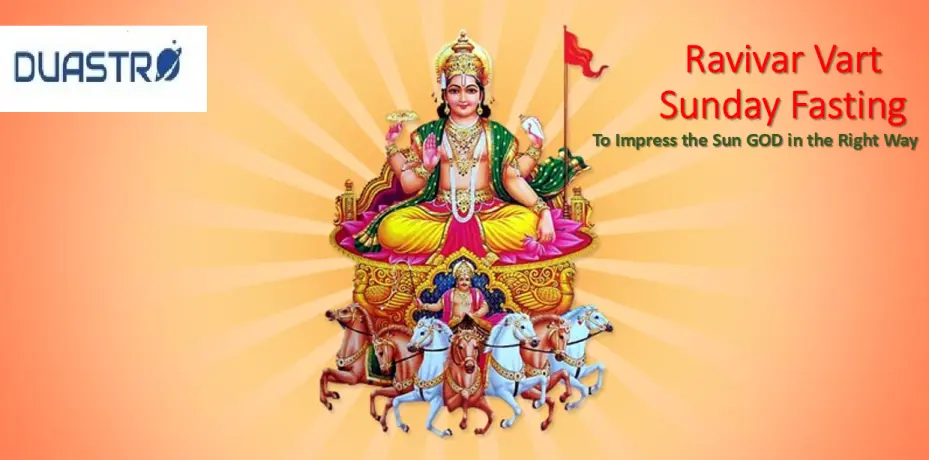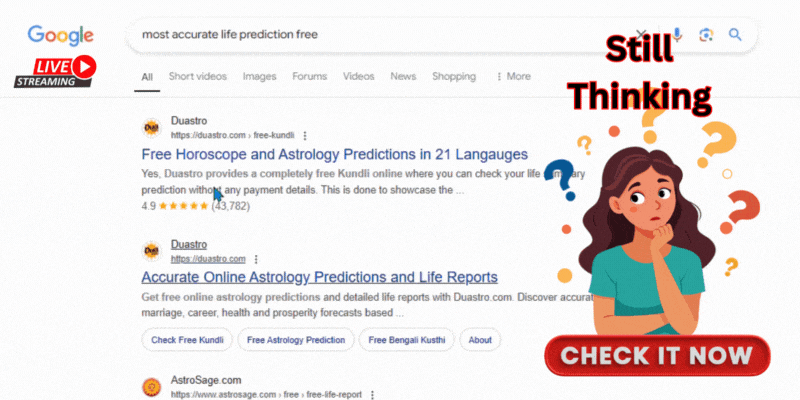Buddha Jayanti
Introduction
Buddha Jayanti also called Vesak or Buddha Purnima is a sacred festival celebrated by way of Buddhists global. This joyous event commemorates the beginning enlightenment & passing away (Parinirvana) of Gautama Buddha the founder of Buddhism. On this auspicious day devotees come together to honor the existence & teachings of the Enlightened One. Let us explore deeper into the records importance rituals & FAQs surrounding Buddha Jayanti.
History & Significance
Buddha Jayanti holds tremendous importance in the Buddhist religion. Siddhartha Gautama who could later turn out to be Gautama Buddha changed into born on the whole moon day in May (Vesak) in Lumbini Nepal around 563 BCE. He attained enlightenment below the Bodhi Tree in Bodh Gaya & handed away in Kushinagar India. Buddha Jayanti marks these three significant milestones in Buddha's life.
The competition incorporates deep spiritual significance encouraging people to mirror at the teachings of Buddha along with the Four Noble Truths & the Eightfold Path. It serves as a reminder to domesticate peace compassion & mindfulness in our lives leading us closer to liberation from struggling.
Story Behind Buddha Jayanti
The story at the back of Buddha Jayanti originates from the start of Siddhartha Gautama. According to legend Queen Maya Devi the mom of Siddhartha had a dream where a white elephant entered her womb. This become interpreted as a signal that she would give birth to a toddler destined for greatness.
On the day of Vesak Queen Maya Devi gave delivery to Siddhartha inside the stunning gardens of Lumbini. The new child prince become expected to become either a brilliant ruler or a spiritual chief. Choosing the course of renunciation Siddhartha in the end have become Gautama Buddha the enlightened being who devoted his existence to spreading non secular know-how & compassion.
Celebrations & Rituals
- Visiting Temples: Devotees visit Buddhist temples & monasteries to pay homage to Buddha by means of presenting plant life incense & candles. They take part in prayer services & meditation periods.
- Dana (Almsgiving): Buddhists exercise generosity through giving alms to the needy & engaging in acts of kindness. This exercise symbolizes compassion & selflessness which have been crucial to Buddha's teachings.
- Five Precepts: On Buddha Jayanti many Buddhists reaffirm their commitment to the Five Precepts which consist of abstaining from killing stealing sexual misconduct lying & consuming intoxicants.
- Meditation & Chanting: Meditation & chanting of Buddhist scriptures are commonplace practices throughout this pageant. Devotees interact in mindfulness practices to deepen their religious connection.
Do's & Don'ts on Buddha Jayanti
Do's:
- Practice acts of kindness & compassion.
- Offer food clothing or donations to monasteries & charitable agencies.
- Engage in meditation or mindfulness practices.
- Read & replicate upon Buddhist scriptures & teachings.
- Participate in network celebrations & occasions.
Don'ts:
- Avoid consuming alcohol or intoxicants.
- Stop from eating meat or causing damage to residing beings.
- Avoid loud or bold behavior for the duration of religious ceremonies or gatherings.
- Do no longer have interaction in any harmful actions that pass towards Buddhist standards.
Symbol of Buddha Day
The Dharma Wheel also called the Dharmachakra is the image often related to Buddha Day. It represents the lessons of Buddha emphasizing the non-stop cycle of existence suffering & liberation. The wheel's 8 spokes represent the Noble Eightfold Path that is the route to enlightenment.
7 Day Buddha
The time period "7 Day Buddha" refers to the seven giant days within the life of Gautama Buddha. These days cover his birth enlightenment & passing away (Parinirvana). The seven-day length encompasses Buddha's maximum essential existence activities & holds great significance in Buddhist traditions.
Founder of Buddhism
Siddhartha Gautama who later have become referred to as Gautama Buddha is the founder of Buddhism. Born in Lumbini Nepal round 563 BCE he renounced his princely existence searching for religious enlightenment. After years of meditation & introspection he attained enlightenment & started teaching the path to liberation from struggling. His teachings fashioned the foundation of Buddhism & keep to encourage millions of fans international.
Important Dates
Buddha Jayanti is commonly celebrated on the full moon day in May or June in line with the lunar calendar. But it could vary in distinct regions & traditions. In 2023 Buddha Jayanti falls on May 31st.
FAQs & Remedies
Q: How can I have fun Buddha Jayanti if I am not a Buddhist?
- A: You can still study Buddha Jayanti by way of mastering about Buddha's teachings working towards mindfulness & engaging in acts of kindness & compassion in the direction of others.
Q: Are there any particular treatments associated with Buddha Jayanti?
- A: While there aren't any specific remedies accomplishing meditation chanting Buddhist mantras & reflecting upon Buddha's teachings can convey peace & readability to one's existence.
Q: Can I go to Buddhist monasteries or temples on Buddha Jayanti?
- A: Yes touring monasteries or temples is a common practice on Buddha Jayanti. But this is usually respectful to familiarize yourself with the customs & traditions of the specific area of worship you propose to go to.
Conclusion
Buddha Jayanti is a sacred event that invitations humans to reflect on the lifestyles & teachings of Gautama Buddha. By wide compassion understanding & mindfulness we are able to convey superb differences into our lives & contribute to the properly-being of others. Let us use this auspicious day as an possibility for private boom & non secular development stimulated via the timeless knowledge of the Enlightened One.

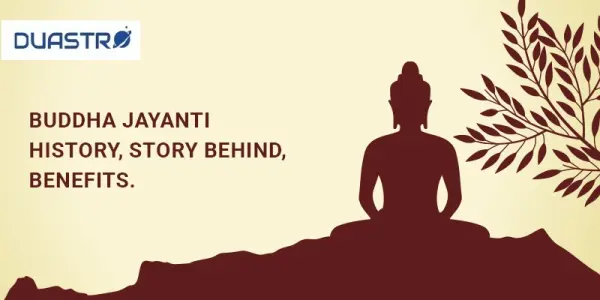
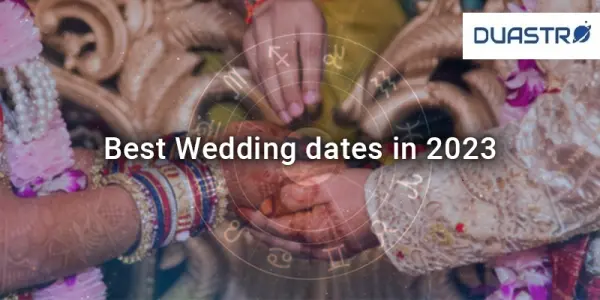
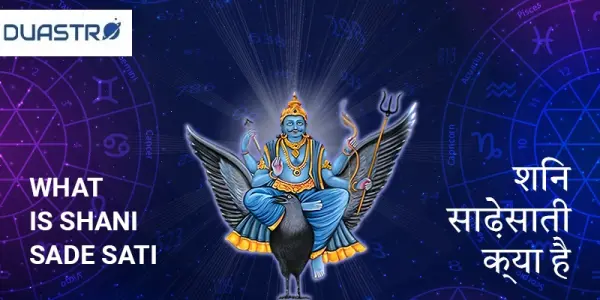
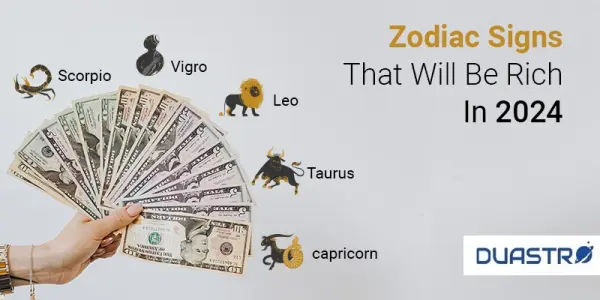
.webp)
